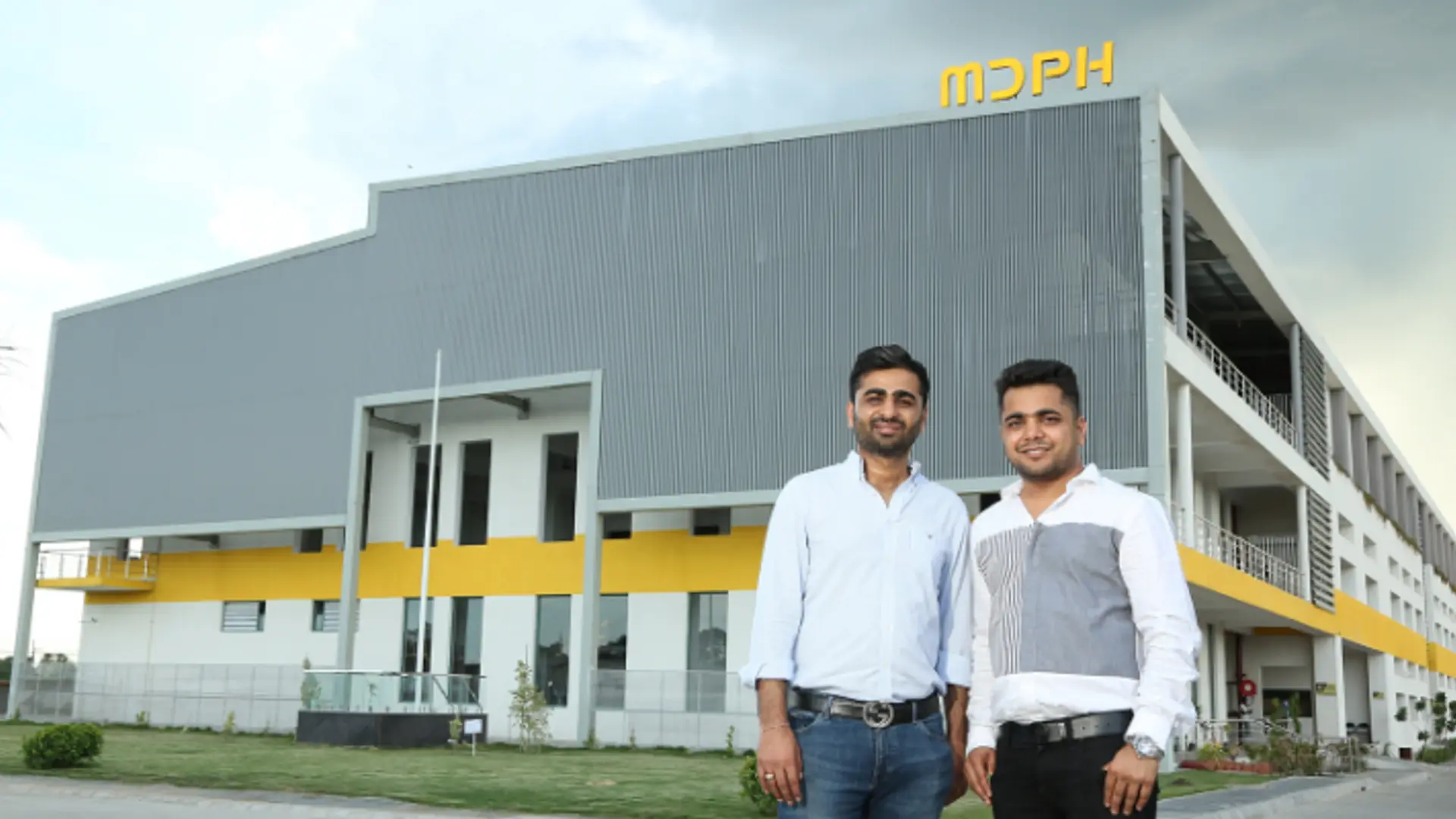Rs 550 Cr collateral-free loans in 1 year: Gurugram-based LivFin provides invoice-based MSME loans in 3 days
Started by serial entrepreneur and investor Rakesh Malhotra, LivFin does onboarding, credit evaluation, underwriting, execution of loan documents, and collections on its custom technology platform.
Managing working capital, calculated as current assets minus current liabilities, is an issue a lot of Indian MSMEs face. When serial entrepreneur and investor Rakesh Malhotra was selling his Luminous inverters and batteries to MSMEs for further retailing, he saw this problem.
A lot of them were unable to procure a larger number of Luminous products. These products were assets since MSMEs would sell them down the channels of distribution.
To help them procure more such products, Rakesh invested Rs 37 crore to set up LivFin, a non-banking financial company (NBFC) in Gurugram, Haryana. It started operations in March 2018 and has already disbursed MSME loans worth Rs 550 crore.
Currently led by MD and CEO Rahul Chander (50), LivFin is a tech-enabled lender which extends MSME loans in the form of invoice-based credit. These MSME loans help businesses procure working capital for critical operations.

Rahul Chander, MD and CEO, LivFin
“LivFin enters into alliances with mid to large corporations and sets up programs to lend to their MSME suppliers/vendors and distributors/dealers/retailers,” Rahul says.
In an exclusive interaction with SMBStory, Rahul Chander explains the need for working capital MSME loans and how LivFin is meeting it.
Edited excerpts:
SMBStory: Why do MSMEs need to focus on working capital management?
Rahul Chander: Small businesses are particularly vulnerable to improper management of their assets and liabilities. Often, MSMEs resort to vendor financing when facing a capital crunch. Therefore, efficient working capital management becomes critical for the success of a small business in India.
It is challenging to create a balance between the two aspects of working capital i.e. current assets and current liabilities. Maintaining the liquidity of a firm is also an important part of working capital management as increasing profits at the cost of liquidity can have serious ramifications for an MSME.
If profits are ignored, a firm cannot conduct operations for long, and if liquidity is ignored, the firm may face insolvency. So, working capital management should be given due consideration in strategic management of a company.
SMBS: How is LivFin ensuring MSMEs have enough working capital? What are the advantages?
RC: Rakesh’s vision is to create sustainable, profitable, and fast growing MSMEs. But MSMEs do not have easy access to unsecured funds as they often have to give collateral against loans. Being registered with the Reserve Bank of India (RBI), LivFin is authorised to grant MSME loans, supply chain finance, and working capital loans.
We help them procure more assets by assisting them in the way of giving unsecured loans. LivFin’s typical financing cycles are short -- usually between 30 to 180 days. Onboarding, credit evaluation, underwriting, execution of loan documents, and collections are done on a technology platform. Next, it usually takes within three days for MSME loans to be disbursed.
SMBS: How is this different from banks?
RC: The most important factors that create a differentiation is the nature of funding being unsecured and market reach where banks will not be able to penetrate. The critical factor here is the product placement and the features which are created keeping in mind the nature of the industry. Customisation plays a major role, where banks do not have much choice.
SMBS: How are digital mediums being used to reach more MSMEs and make loans easy for them?
RC: The idea is to have deep reach in the market without having physical penetration and huge operating expenses. This can be done with the use of technology. LivFin does all its MSME loan processing only through technology. Operational infrastructure, including ERP systems have already been set up.
We are also developing a fintech platform comprising a front end on-boarding system through an app or web portal. This will allow potential borrowers to fill in a loan application on-line and upload KYC documents allowing for instantaneous e-verification.
Loan agreements will be executed electronically through e-sign facility using UIDAI database. Loans are then disbursed on middleware, which allows real-time credit assessment through score cards generated using algorithmic logic.

Rakesh Malhotra, Founder, Livfin, and serial entrepreneur and investor
SMBS: How are your loan management systems beneficial?
RC: We have acquired the Power Curve platform which will be integrated with our loan management system to facilitate and automate eligibility calculation on the basis of predefined scorecards and other parameters.
Our back-end loan management systems are advanced and improve the quality, turnaround time, and service for end-customers. It enables us to provide a consolidated and comprehensive view to access entire information pertaining to the customer.
It also helps us support various kinds of repayment options and methods, graded and structured loans, various types of transaction policies, allocation priorities and configurations, proactive monitoring of quality of loans, and more.
SMBS: How does this entire model make LivFin unique?
RC: We have been able to foray into other industries besides the energy sector. We finance the distribution and sales side of the household and lighting, IT and IT peripherals, logistics, car accessories, and automation, agriculture, and e-commerce industries as well.
We are also unique by offering supply chain finance as the only product, and creating programs rather than products for various industries to serve their procurement and distribution. Our method of invoice-based credit also allows end-use monitoring of the funds under an unsecured finance product.
Looking at our gross disbursement of Rs 550 crore, the borrowers with these funds were able to make more purchases, pay interest, and still manage margins. This eventually led to more purchases and a boost to the economy.
SMBS: What are your future plans?
RC: Our current challenges are directly proportionate to the overall performance of the economy. We have to work more to enable distributors to buy more and eventually sell more. This helps in managing the demand and supply gap. We want to continue understanding the industry and its needs.
We aim to penetrate further in the market where other NBFCs and banks are not entering. LivFin also wants to foray into multiple industries to avoid risk of concentration and become the niche service provider for various industries. We don’t want to be seen only as an NBFC with fixed rules.
ALSO READ:







